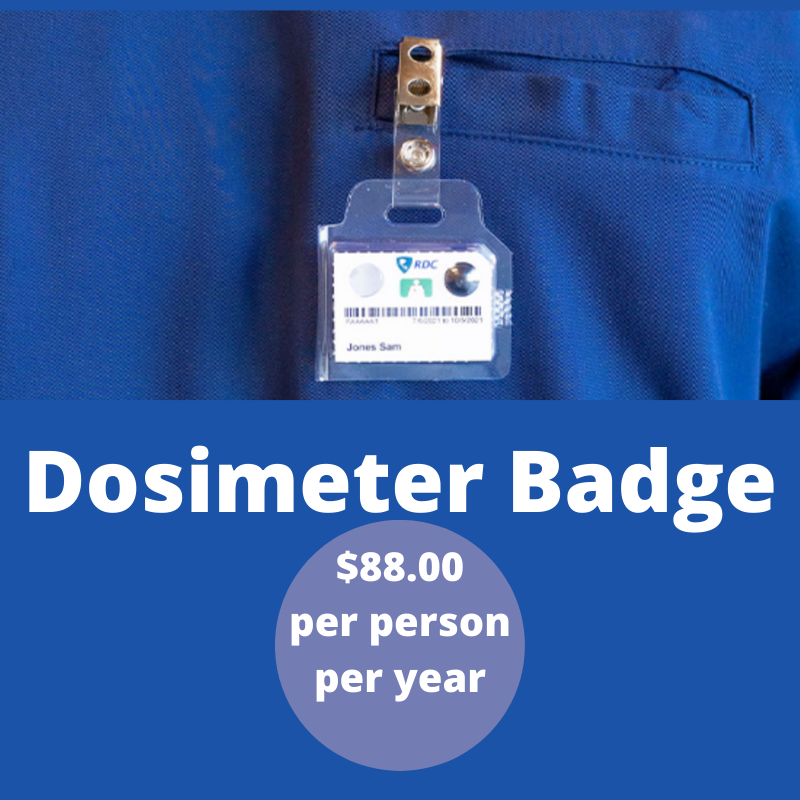What is the Death Rate for Pancreatitis in Dogs?
/Table of Contents
Pancreatitis is a condition that can silently begin to attack your dog. While some symptoms are obvious, others are often undetectable. The condition is caused by increased inflammation in the pancreas, which causes difficulty with digestion.
Pancreatitis results in the death of nearly 40% of all dogs diagnosed. Although the condition is extremely dangerous, not all dogs afflicted will succumb to the illness. However, there can be lifelong complications that result.
In this article, you will learn about the death rate for dogs diagnosed with Pancreatitis, as well as a potential treatment and the symptoms.
Number of Dogs that Die from Pancreatitis.
Each year many dogs are unfortunately diagnosed with Pancreatitis, with nearly 40% dying (Source: Dog Breeds List). This condition is not picky when it comes to victims. However, some breeds and underlying conditions make a dog more prone to Pancreatitis. The schnauzer, as well as older, overweight dogs, are more likely to be affected. (Source: Pets Web MD)
Are All Dogs Equally Affected?
All dogs have the potential of becoming afflicted with Pancreatitis. However, some conditions make it much more likely to occur.
Age
Breed
Obesity
Age is not always a factor when it comes to Pancreatitis. While older dogs may be more predisposed to the condition, it often affects younger and middle-aged dogs.
Breed Type: Certain breeds are more predisposed to the condition because their bodies tend to produce more fat that flows through their blood. The most affected breeds are Schnauzers, Miniature Poodles, and Cocker Spaniels.
Obesity can cause a dog to develop Pancreatitis. When a dog is obese, it is likely because of a higher fat diet. The excess fat does not allow the dog's pancreas to function to digest food properly. Pancreatitis causes the dog to have inflammation in the pancreas. (Source: Pumpkin. Care)
Types of Pancreatitis
Like many other diseases and conditions, there are different types of Pancreatitis. Your dog may suffer from either acute or chronic Pancreatitis. While both conditions are dangerous, they have other treatments and outcomes.
Acute Pancreatitis
Acute Pancreatitis is a short-lived version of this condition, and the effects are often able to be reversed with treatment. While this is a short-lived version, it is also extremely dangerous because it can present itself rapidly and requires immediate treatment.
Chronic Pancreatitis
Chronic Pancreatitis is a lifelong condition and often presents itself gradually in your dog. It may manifest itself in various ways, such as diabetes or reduction in the necessary digestion enzymes. Chronic Pancreatitis is a condition that will require lifelong treatment for the dog.
(Source: Blue Pearl Vet)
Symptoms of Pancreatitis
If your dog is suffering from Pancreatitis, you will notice some symptoms that seem to present very quickly. They are the most common and often the most destructive if not treated immediately.
Diarrhea
Vomiting
Fever
Loss of appetite
While the loss of appetite may take a couple of days for you to notice, the other symptoms will be obvious. Vomiting and diarrhea can lead to severe dehydration, so they must be dealt with right away. These symptoms are typically characteristic of acute Pancreatitis and can become deadly if ignored.
(Source: The Bark)
Treatment
Pancreatitis can be extremely dangerous and terrifying if you are a dog owner. The best thing you can do to protect your pet is to take them for medical help right away. Once your dog is diagnosed with Pancreatitis, a very rapid treatment plan will begin to take shape and will likely include:
Antibiotics to eliminate any infection that may be present.
The use of pain relievers to help provide comfort to your dog.
Food restriction for up to 24 hours.
The use of an IV for extra fluids.
Prescription dog food.
Antibiotics will be used to eliminate the risk of infection from Pancreatitis. During an attack, bacteria can form in the pancreas, which increases the risk of inflammation.
Pain relievers will be given to the dog to help relieve any discomfort they may be experiencing. Typically, when a dog has Pancreatitis, you will notice them hunching their back or putting their head down on the ground. While it may appear that the dog is doing a trick, it is trying to find relief.
Food Restrictions are used when treating Pancreatitis. Removing all food for 24 hours allows the pancreas to essentially reset. When food is ingested, the pancreas secretes enzymes to help with digestion. If there is inflammation, digestion cannot properly take place.
IV fluids will likely be used to treat a dog with Pancreatitis. Because the condition often causes diarrhea and vomiting, it is common for dogs to become dehydrated. The IV will help replace any of the fluids that may have been lost. This will help the dog to heal more quickly.
Prescription Dog Food will be given to dogs that are diagnosed with Pancreatitis. Dogs with Pancreatitis do not do well with high-fat diets and have extremely strict dietary conditions that must be followed to maintain their health. Because of this, the vet will likely recommend a prescription diet, at least for a short time. Dogs with chronic Pancreatitis will probably need special food for their lifetime.
As you can see, many different things will be put into place if your dog has Pancreatitis; however, the more quickly they can receive a diagnosis and treatment, the better their prognosis will be.
(Sources: AKC, Todays Veterinary Practice, North Coast Veterinary Specialist)
Can I Treat it Myself?
While it may be tempting to try home remedies when your dog falls ill, it is critical that you not try to treat this at home. Pancreatitis may present itself as a simple virus when it is a life-threatening condition. Home remedies may help relieve some of the symptoms, but they will likely not eliminate the condition. (Source: Canine Journal)
Can Pancreatitis be Prevented?
Pancreatitis is a very serious condition in dogs that can come on suddenly. However, you can help prevent it from being problematic. While preventative measures will not guarantee that your dog will never suffer from Pancreatitis, they will help decrease the risk.
Maintain a healthy weight.
Frequent exercise
Provide healthy food.
Regular check-ups
Maintaining a healthy weight is one of the best things you can do to prevent an attack of Pancreatitis. Depending on your dog's breed and size, this weight will vary; you may need to check with your veterinarian for specific guidelines.
Frequent exercise will help your dog to maintain its health. This exercise must be planned and not sporadic. You need to take time to play with and walk your dog through maintaining their health. Frequent exercise will also help prevent obesity.
Healthy food will make sure your dog not only maintains their health but their weight as well. It is important to make sure your dog is not ingesting table food because it can be high in fat and low in nutrition. Both things increase the chance of Pancreatitis.
Regular check-ups will help ensure your dog's health, which will also help eliminate the risk factors associated with the development of Pancreatitis. Your dog must have an annual vet visit; however, if there are any concerns, you need to have your dog checked right away.
(Source: 3P Naturals)
Final Thoughts
Pancreatitis is responsible for taking the lives of nearly 40% of all diagnosed dogs; however, if treatment is administered as soon as symptoms present, the chance of recovery is very high. Keeping a close watch on your dog’s health and maintaining a healthy lifestyle will help lower the risk of your dog becoming ill.



















